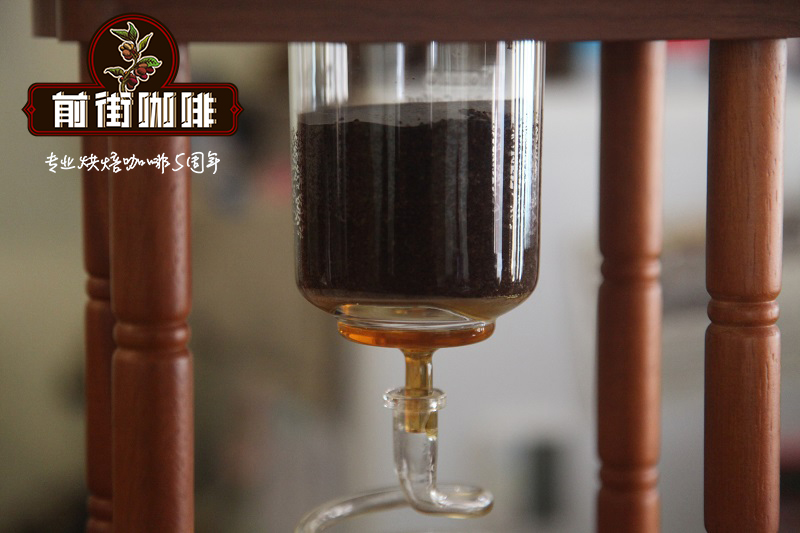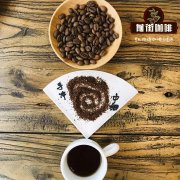Is Hainan Xinglong Coffee in China a boutique Coffee? is there any characteristic of Xinglong Coffee that tastes good?

Professional coffee knowledge exchange more coffee bean information please follow the coffee workshop (Wechat official account cafe_style)
Hainan Xinglong Coffee introduction:
The key to coffee is freshness. In fact, due to the fact that there is no fresh coffee in the process of production and circulation, there is no comparison between coffee powder or Nestle coffee, because the taste of coffee has lost most of it. So there will not be much difference in comparison. Of course, the taste of coffee powder should be better than that of Nestl é. So from my point of view, the difference between Yunnan coffee powder and Hainan coffee powder, I think it should not be very different, because most of the flavor of coffee has been lost in the process of circulation. And only fresh roasting (beans roasted within a month) and fresh grinding can reflect the taste of this kind of coffee.
Coffee cultivation in Xinglong, Hainan:
Coffee is a kind of beverage crop with high economic value, which is called the three largest beverages in the world together with cocoa and tea, and its output and consumption ranks first among the three beverages. Coffee is rich in protein, fat, sucrose, starch, glucose, caffeine and other substances, rich aroma and delicious taste. Coffee is a perennial evergreen shrub or small tree of the genus Rubiaceae. There are many species, including small seed species, medium grain species, large grain species and Ethel sa species, among which the small grain coffee species known as "fragrant coffee" have the highest yield, accounting for more than 80% of the total coffee output. Coffee originated in tropical Africa. Since the 15th century, coffee has gradually spread to all parts of the world. At present, coffee is grown in more than 70 countries and regions in the world.
Coffee History of Xinglong, Hainan
Coffee cultivation in China is concentrated in Yunnan and Hainan provinces. Yunnan has a large output, with an annual output of about 26000 tons in recent years, accounting for 90 per cent of the national output. It is said that Yunnan coffee came from the French 70 or 80 years ago. The main variety is Arabica Arabica, that is, the so-called small seed coffee, commonly known as Yunnan small grain coffee. Yunnan's high-quality geographical and climatic conditions provide good conditions for coffee growth. The planting areas are Lincang, Baoshan, Simao, Xishuangbanna, Dehong and other prefectures. The natural conditions of Yunnan are very similar to those of Colombia, that is, low latitude, high altitude and large temperature difference between day and night. The small grain coffee produced is mellow by cup quality analysis, and its quality and taste is similar to that of Colombian coffee.
Hainan Xinglong Coffee Development:
However, due to a variety of reasons, the development of Yunnan coffee industry is not fast. Yunnan coffee is mainly exported as raw materials, with an export volume of about 15000 tons in 2006. More than 60% of raw materials are acquired by Nestl é and Maxwell each year, and Starbucks and Amway have joined in recent years.
Due to the lack of deep processing and marketing, Yunnan coffee is not well-known and unrecognized by people locked in the mountains. It is believed that with the in-depth development of Yunnan coffee industry, the rising demand of domestic coffee market and the efforts of the government and enterprises, Yunnan coffee will usher in a new period of development.
Important Notice :
前街咖啡 FrontStreet Coffee has moved to new addredd:
FrontStreet Coffee Address: 315,Donghua East Road,GuangZhou
Tel:020 38364473
- Prev

Jamaica Coffee Blue Mountain Coffee is mixed or single Blue Mountain style Coffee is authentic Blue Mountain
Professional coffee knowledge exchange more coffee bean information please follow the coffee workshop (Wechat official account cafe_style) Jamaica coffee market: blue Mountain Coffee is those who value the credibility of coffee retailers need to stock some coffee in any case. A major British retailer said: no matter what the price, he will continue to sell Blue Mountain coffee all year round, because he has a lot of only
- Next

Delicious and inexpensive tomoca coffee. How long is the shelf life? how about tomoca coffee? what kind of coffee?
Coffee workshop (Wechat official account cafe_style) Coffee cultivation originated in East African countries. Ethiopia grew wild coffee 1000 years ago, so we are not surprised that Ethiopians take coffee drinking very seriously. Because of this, Ethiopians still have an etiquette for making coffee at home.
Related
- Beginners will see the "Coffee pull flower" guide!
- What is the difference between ice blog purified milk and ordinary milk coffee?
- Why is the Philippines the largest producer of crops in Liberia?
- For coffee extraction, should the fine powder be retained?
- How does extracted espresso fill pressed powder? How much strength does it take to press the powder?
- How to make jasmine cold extract coffee? Is the jasmine + latte good?
- Will this little toy really make the coffee taste better? How does Lily Drip affect coffee extraction?
- Will the action of slapping the filter cup also affect coffee extraction?
- What's the difference between powder-to-water ratio and powder-to-liquid ratio?
- What is the Ethiopian local species? What does it have to do with Heirloom native species?

